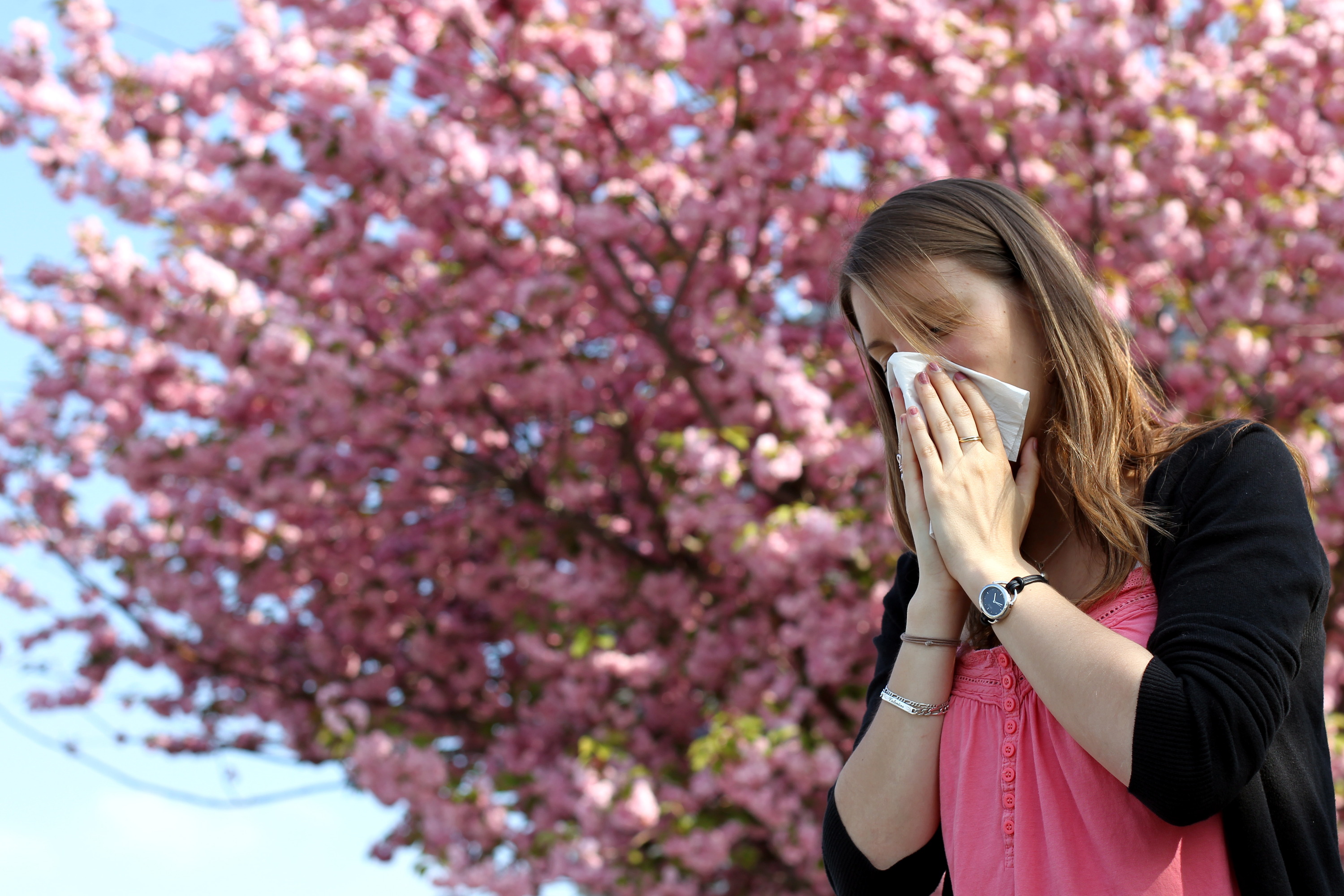When the pollen concentration is higher, the number of Covid-19 infections increases.
This is the seasonal observation made by a team led by researchers from the University of Munich.
To conduct its study published in the journal PNAS and detailed Tuesday during a video conference, it used data from 130 regions, in 31 countries on five continents, between January 1 and April 8, 2020. For 80 regions of the northern hemisphere in which spring was settling, the authors observed that the start of the exponential phase of the epidemic coincided with an accumulation of pollen that could go back up to four days before.
If they evoke a correlation, they do not establish a cause and effect relationship.
Scientists have taken into account the restrictions put in place to deal with the pandemic.
Thus, in countries that have not implemented containment, "an increase in pollen abundance of 100 pollens / m3" is linked to "an average increase of 4% in infection rates", they say.
But, as immunologist Stefanie Gilles explains to Le Parisien, it is human contact and not pollen grains that are involved: “We want to make sure that our statements do not cause panic.
Pollen only changes your risk of getting infected if you come into contact with another infected person.
It does not carry the virus or cause infections.
It would be a misunderstanding.
"
Not just allergy sufferers
We know that viral diseases are favored by pollens, but this has never been demonstrated for Covid-19.
“When pollen is found on the nasal mucosa, it releases substances that interfere with the production of antiviral interferons,” continues Stefanie Gilles.
These interferons are the nasal cells' first line of defense against viral infection.
If they decrease, the virus can replicate better in the cell and spread to neighboring cells.
This will ultimately lead to clinical signs of infection.
We demonstrated this in another article on cold viruses.
For SARS-CoV-2, we have not yet demonstrated it.
For now, we only show the correlations of the data.
"
Allergic people would not be the only ones concerned: "We assume that the pollen effect is relevant for the whole population", write the researchers, who say that the data used does not allow to distinguish the levels of tolerance to pollen .
“There are people who are not allergic, who therefore do not necessarily have immune reactions, but surface reactions.
Suddenly, they have inflammatory symptoms linked to pollen: the mucous membrane is weakened and the attachment of viruses facilitated.
You take a good wave of pollen in your eyes, it irritates!
», Explains the allergist Nhân Pham-Thi.
Member of the National Aerobiological Surveillance Network (RNSA), he is one of the doctors who provided the French data to the main authors of the study.
"It's observational, but can we draw any conclusions?
It's complicated, ”he concedes.
A downside, in particular: atmospheric pollutants, strongly suspected of promoting infections, often increase in concert with pollen peaks and can disrupt the results.
The mask, a good shield
Preventive measures can nevertheless be put in place.
In the absence of being able to get rid of the pollens, the mask is essential during high pollen peaks.
"
FFP2 particle filter masks, which are worn almost everywhere now, are effective against both infection and pollen inhalation, ”explains Stefanie Gilles.
If he trusts surgical or fabric masks to block the grains, Nhân Pham-Thi points out that pollens can still get into the eyes… and into homes.
“It's a personal point of view.
But since allergy treatments are fairly easy, people who are sensitive to pollen need to take care of themselves.
You have to treat yourself, ”insists the allergist.
Otherwise, “it always means fewer defense barriers, it's a shame”.
All also plead for better monitoring on a global scale of pollen levels in the air.
Researchers at the University of Munich now want to continue their research by focusing on the current spring and spring 2020 pollen season in the southern hemisphere.

